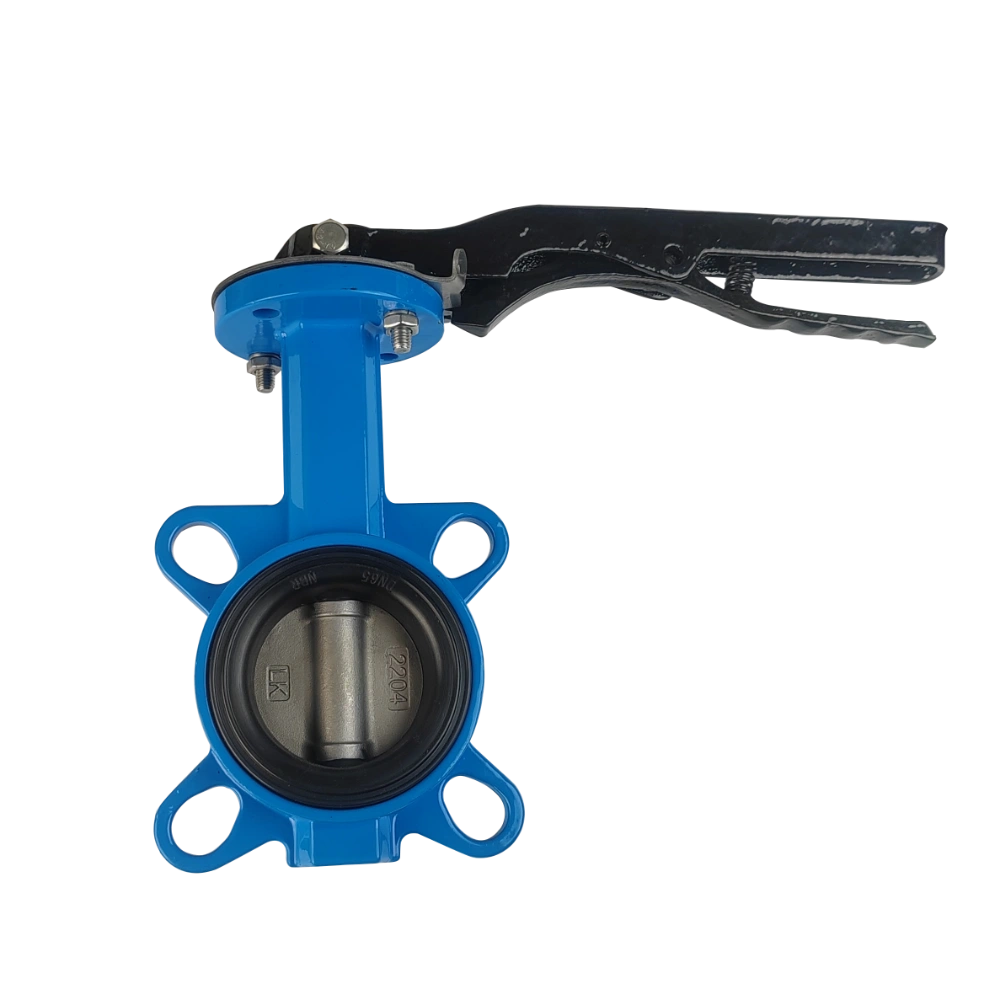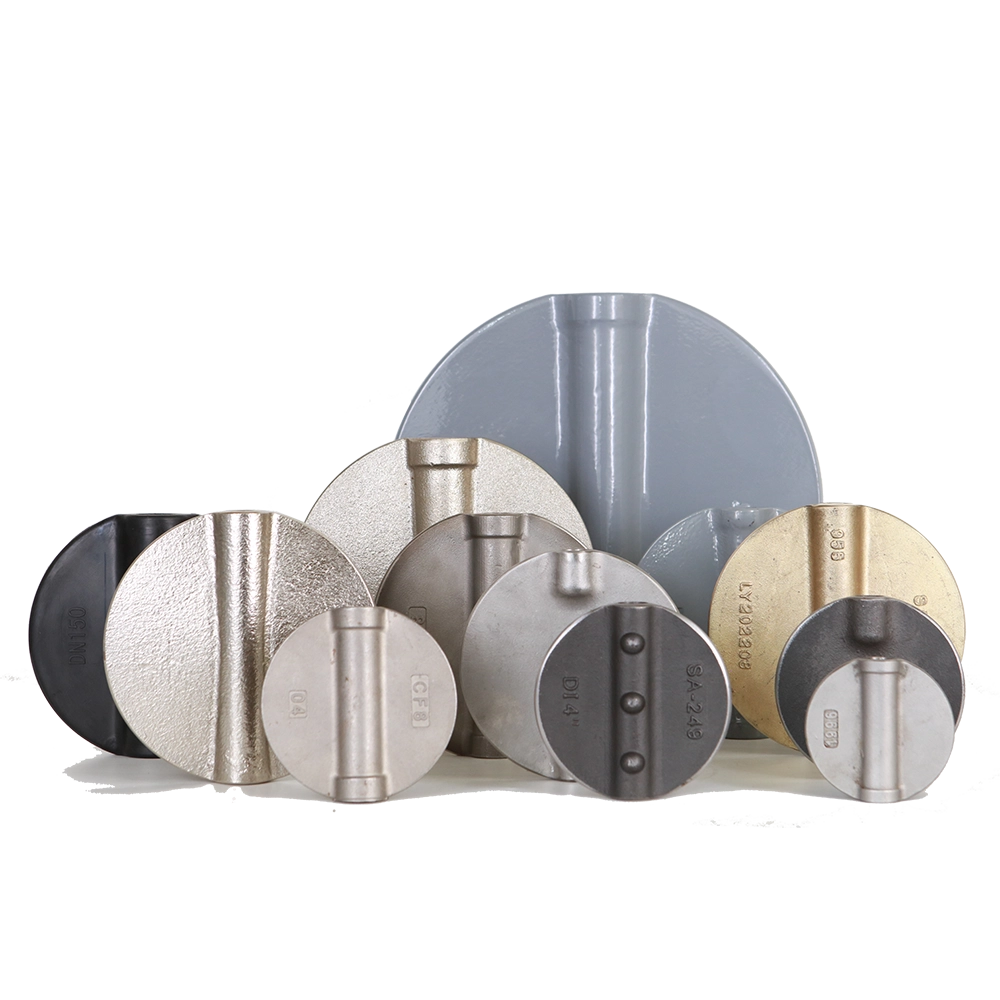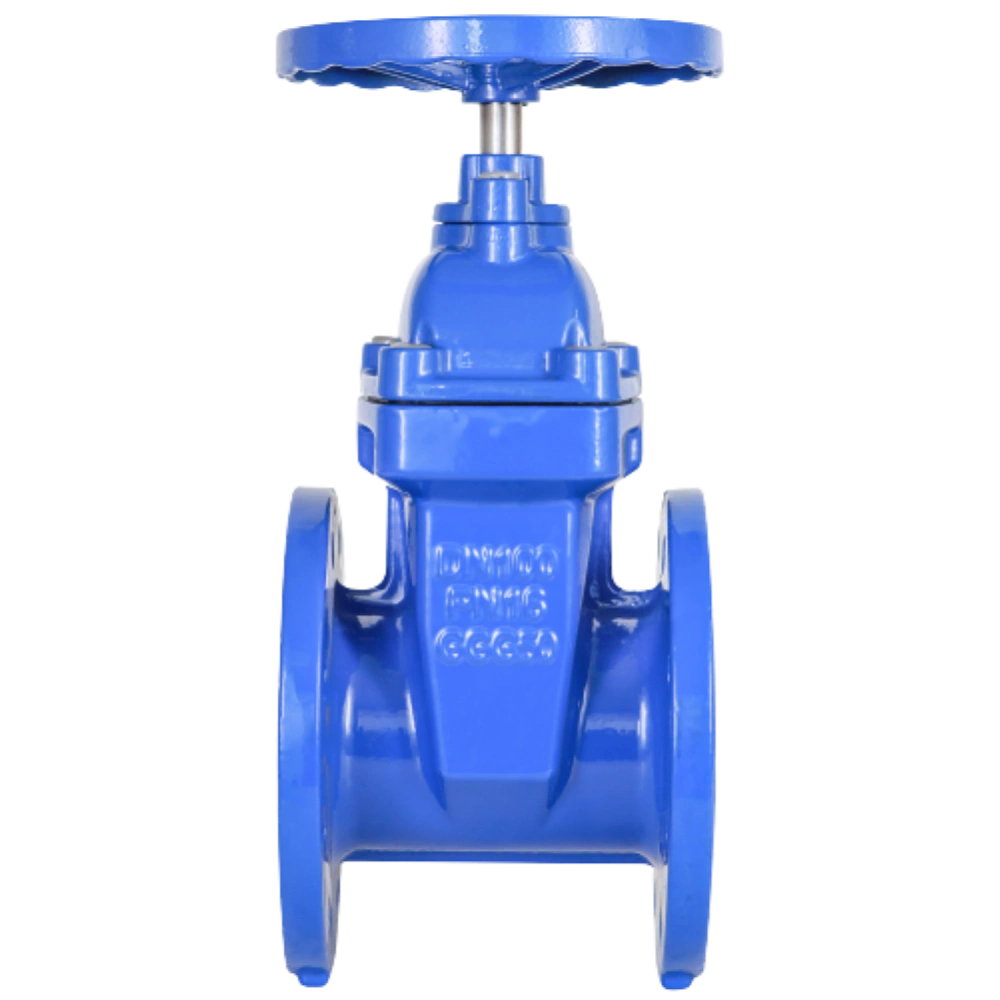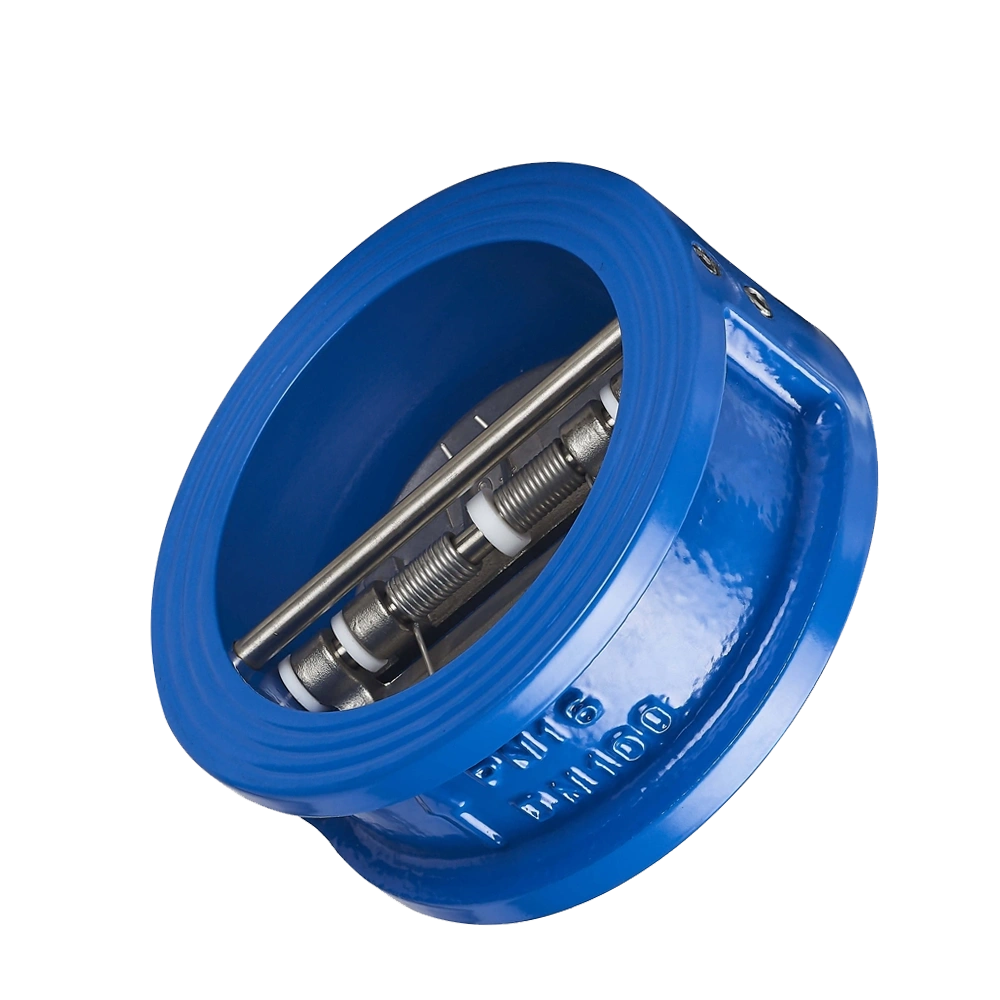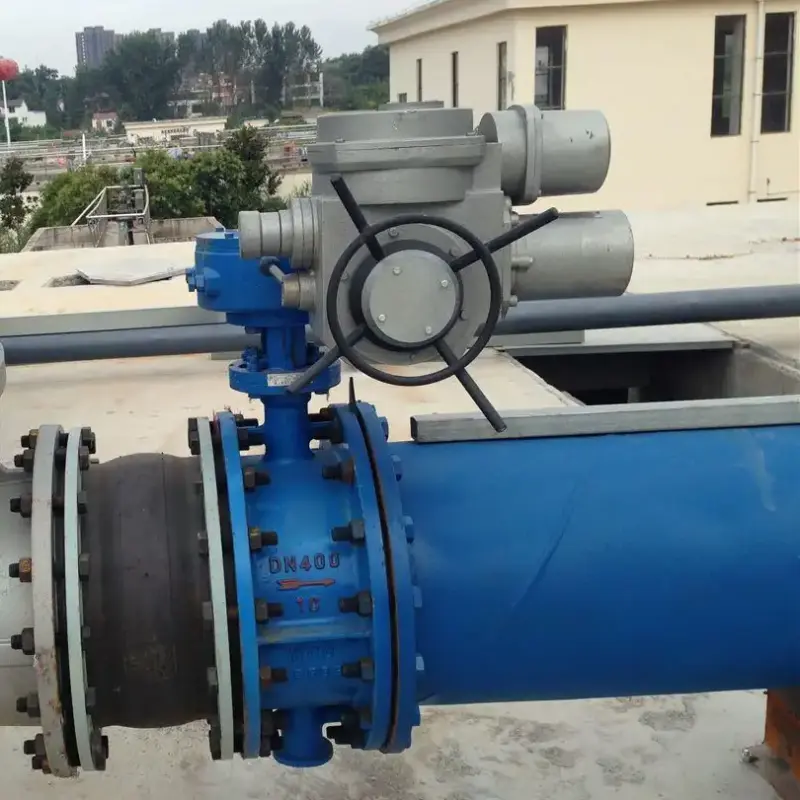Welcome to the world of zfa butterfly valves, where a wide variety of butterfly valves are available, combining reliability and versatility. Butterfly valves are essential components in industrial applications, providing effective opening and closing control for fluids and gases. Understanding the different types of butterfly valve connections is essential to optimizing system performance. Each connection type offers unique advantages, ensuring that you choose the right valve for your specific needs.
1. Overview of Butterfly Valve Function
Butterfly valves play a vital role in controlling the flow of fluids in various industries. You will find them in a variety of applications from water treatment to chemical processing. These valves operate with a simple mechanism. A disc mounted on a rotating shaft opens or closes the flow path. This quarter-turn operation allows for fast and effective flow control. Their versatility makes them suitable for handling a variety of fluids, including gases, liquids, and slurries. The ability to operate in different environments highlights their importance in industrial applications.
2. The Importance of Connection Type
Understanding the different types of butterfly valve connections is essential to optimizing system performance. Each connection type offers unique advantages that affect efficiency and reliability.
The connection type plays a vital role in ensuring the reliability of this butterfly valve. Flanged butterfly valves can serve high-pressure applications, while welded butterfly valves provide a permanent, leak-proof connection. This makes them suitable for industries that prioritize safety and integrity. By choosing the right connection type, you can improve the overall reliability of your system.
3. Butterfly valve connection types
Each connection type of butterfly valves offers unique features and benefits, make sure you choose the connection type that suits your needs.
3.1 Wafer connection
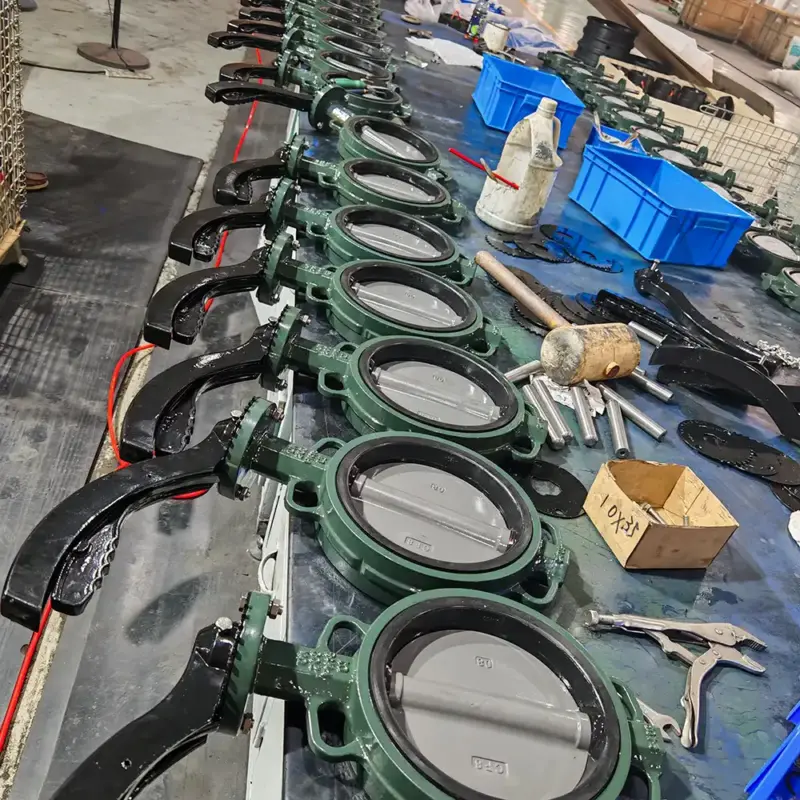
The wafer connection is a slim design that fits snugly between two pipe flanges. The biggest advantage of wafer butterfly valve is reduced space requirements and reduced costs. And their installation process is simple and can be easily removed without disturbing adjacent pipes.
However, wafer butterfly valves rely on the pipes on both sides for support, which makes them unsuitable for use in high-pressure systems. Therefore, wafer butterfly valves are suitable for low-pressure to medium-pressure applications, such as water treatment and HVAC systems.
3.2 Lug connection
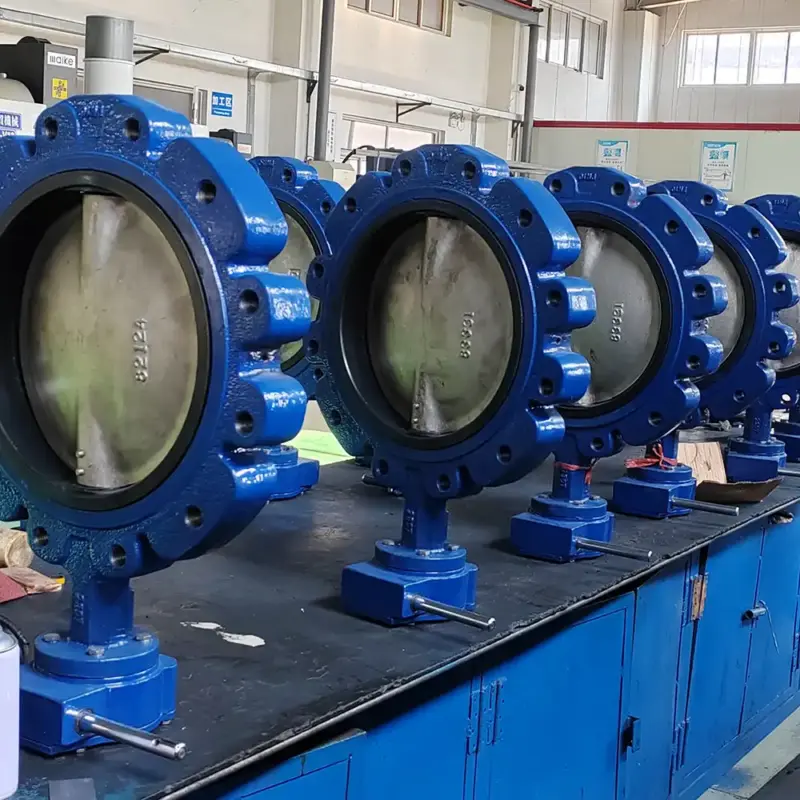
The lug connection has the same structural length as the wafer connection. But it provides greater stability and durability than the wafer connection. The lug butterfly valve can be bolted directly to one or both flanges using fasteners. This design allows dead-end service and easier maintenance without shutting down the system. Lug connections are ideal for industries that require frequent maintenance, such as chemical processing and water supply.
3.3 Flange connections
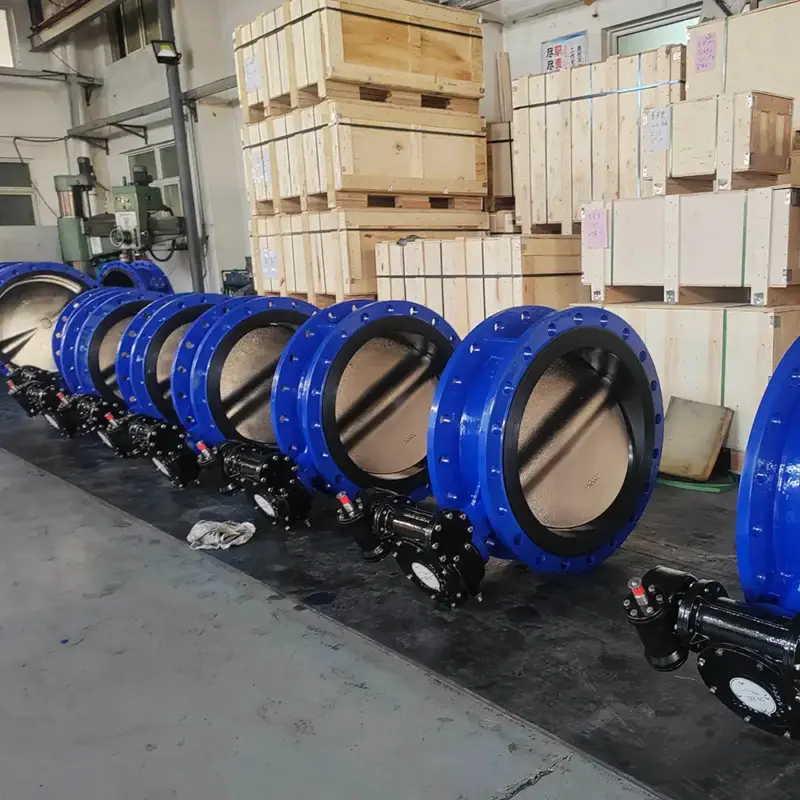
Flange connections can serve low, medium and high pressure applications, ensuring a tight and reliable seal. Flanged butterfly valves offer superior durability and can withstand considerable loads. Centerline flange butterfly valves are suitable for low-pressure and low-pressure systems such as water treatment, while eccentric flange butterfly valves are ideal for demanding environments such as oil and gas and power generation.
3.4 Welded connections (butt weld and socket weld)
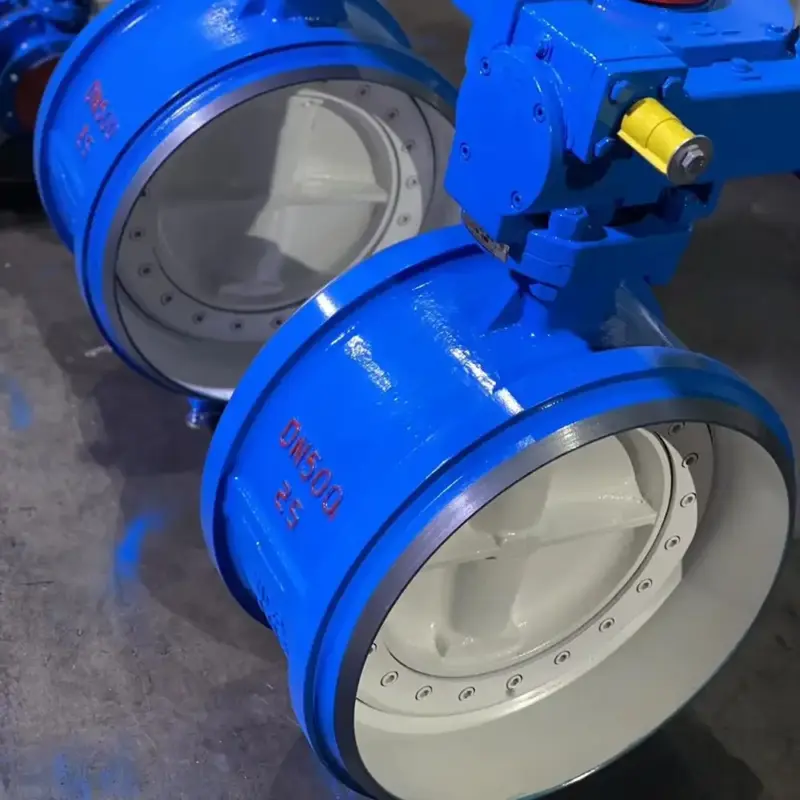
Welded connections weld the butterfly valve directly to the pipe, forming a seamless and strong joint. The absence of flanges or bolts eliminates potential leak points and ensures a safe and reliable seal. Welded butterfly valves are generally eccentric butterfly valves, which perform well in high-pressure and high-temperature environments and have safety and integrity. Once welded butterfly valves are installed, little maintenance is required, reducing downtime and operating costs.
Welded butterfly valves are essential in industries where safety and reliability cannot be compromised. You will often see them used in the following industries:
-Oil and gas: The ability to handle high pressure and high temperature makes welded butterfly valves the first choice for refineries and gas processing plants.
-Chemical processing: The leak-proof properties of welded butterfly valves allow safe and efficient operation in environments with corrosive substances.
-Power generation: The robust design of welded butterfly valves supports the harsh conditions of power plants and provides long-term reliability.
3.5 Grooved connections
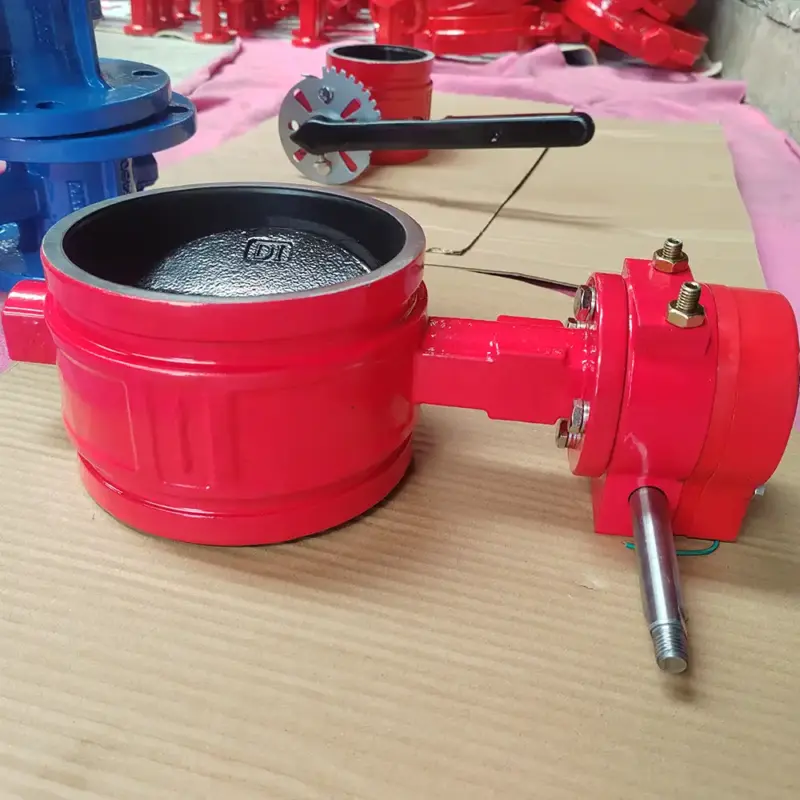
Grooved Butterfly Valve is a type of butterfly valve connected by grooves. The connection method of grooved butterfly valves relies on connectors with grooves on both ends of the pipe. The valve is fixed between the pipes with clamps. It is often used in pipelines for low-pressure fluid transportation such as fire protection pipe systems, building water supply and drainage, and heating, ventilation and air conditioning (HVAC) systems.
4. So how to choose the most suitable connection type
4.1. Pressure and temperature requirements
High-pressure system: If you want to use it in a high-pressure system, it is recommended to choose flanged or butt-welded butterfly valves because they can provide stronger connections and sealing and can withstand higher pressures.
Medium and low-pressure systems: For medium and low-pressure systems (such as PN10, PN16, PN20, etc.), wafer-type and Lug-type butterfly valves are usually more cost-effective options, especially for general water treatment, HVAC and other systems: For PN20 and above, flange butterfly valves are still recommended.
High temperature systems: In high temperature applications, butt-welded butterfly valves are often the first choice due to their high sealing and high temperature resistance of welded connections.
4.2. Fluid media
Corrosive media: For handling corrosive media (such as chemicals), it is necessary to select materials and connection methods that are resistant to corrosion. Flange butterfly valves are usually the ideal choice because they are suitable for high-demand sealing applications and can avoid leakage caused by corrosion.
Water and gas: For conventional media such as water, air, and oil, wafer butterfly valves and Lug butterfly valves can meet most needs, are easy to install, and are cost-effective.
4.3. Convenience of installation and maintenance
Occasions for frequent maintenance: If the pipeline system requires regular maintenance or equipment replacement, lug butterfly valves and flange butterfly valves are good choices because they allow unilateral removal of the pipeline, which facilitates maintenance and replacement of valves without completely disassembling the entire system.
Occasions with limited space: In situations where the space is small and the installation position is compact, wafer butterfly valves and lug butterfly valves are usually more suitable due to their compact structure and small footprint.
Long-term use and difficult maintenance: If the system is located in an area that is difficult to maintain (such as an underground pipeline system), it is better to choose a butt-welded butterfly valve because the welded connection has no risk of leakage and almost no long-term maintenance is required.
4.4 Project budget
If the budget is limited and the application is for ordinary conditions rather than extreme conditions, the wafer-type butterfly valve is usually the most cost-effective choice.
If the project requires long-term reliable operation and the budget allows, the flange type can be selected. Although the initial investment is higher, the later maintenance and operation costs are lower and the reliability is high.
5. Pipe size
In large-diameter applications (such as above DN1200), flanged butterfly valves are often the best choice because of their higher connection strength and good support and sealing.
For small-diameter pipes (such as below DN1200), wafer and lug butterfly valves may be suitable choices, quick to install, and economical.
6. Conclusion
Choosing the right butterfly valve connections is critical to the success of the system. Each connection type has unique advantages that affect efficiency and reliability. Explore the various connection types to find the connection type that best suits your industrial needs.

